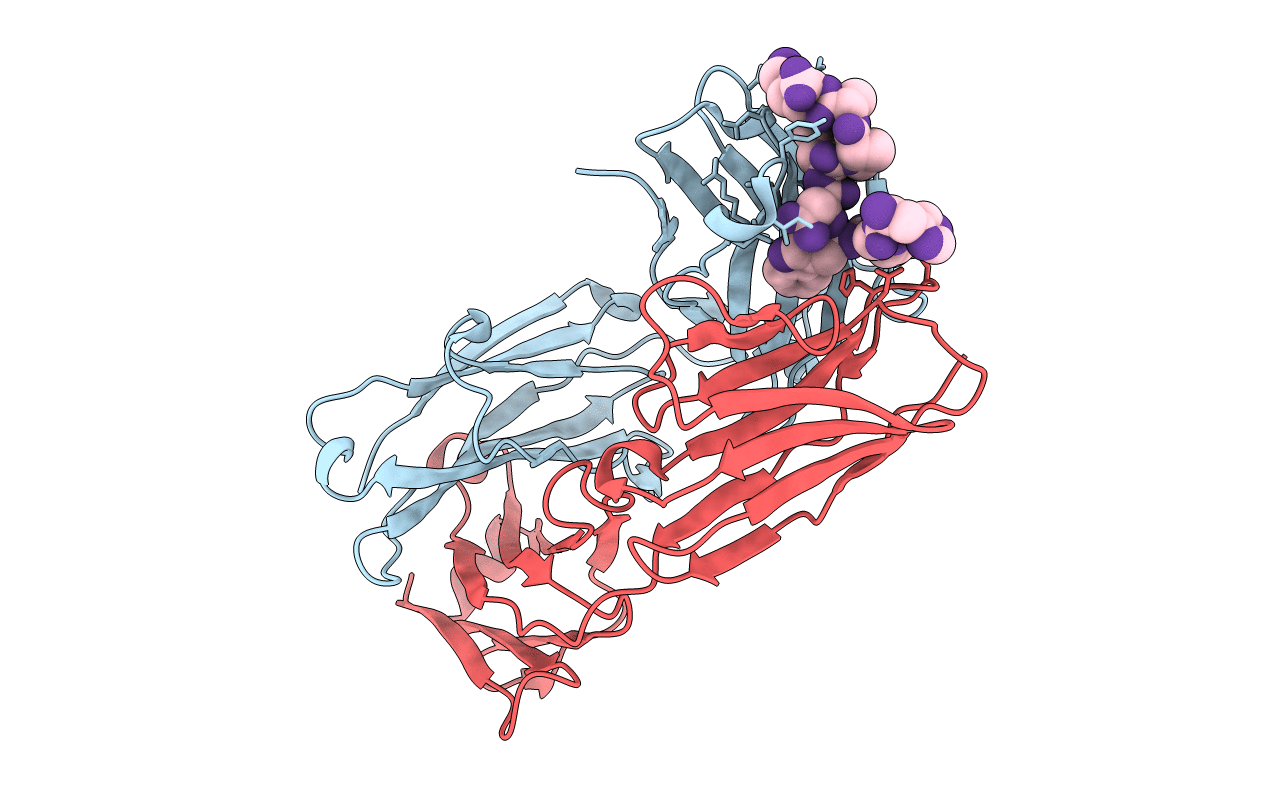
Deposition Date
2006-06-27
Release Date
2006-12-26
Last Version Date
2024-11-20
Entry Detail
PDB ID:
2HH0
Keywords:
Title:
Structure of an Anti-PrP Fab, P-Clone, in Complex with its Cognate Bovine Peptide Epitope.
Biological Source:
Source Organism:
Mus musculus, Homo sapiens (Taxon ID: 10090,9606)
Host Organism:
Method Details:
Experimental Method:
Resolution:
2.85 Å
R-Value Free:
0.28
R-Value Work:
0.22
R-Value Observed:
0.22
Space Group:
P 31 2 1


